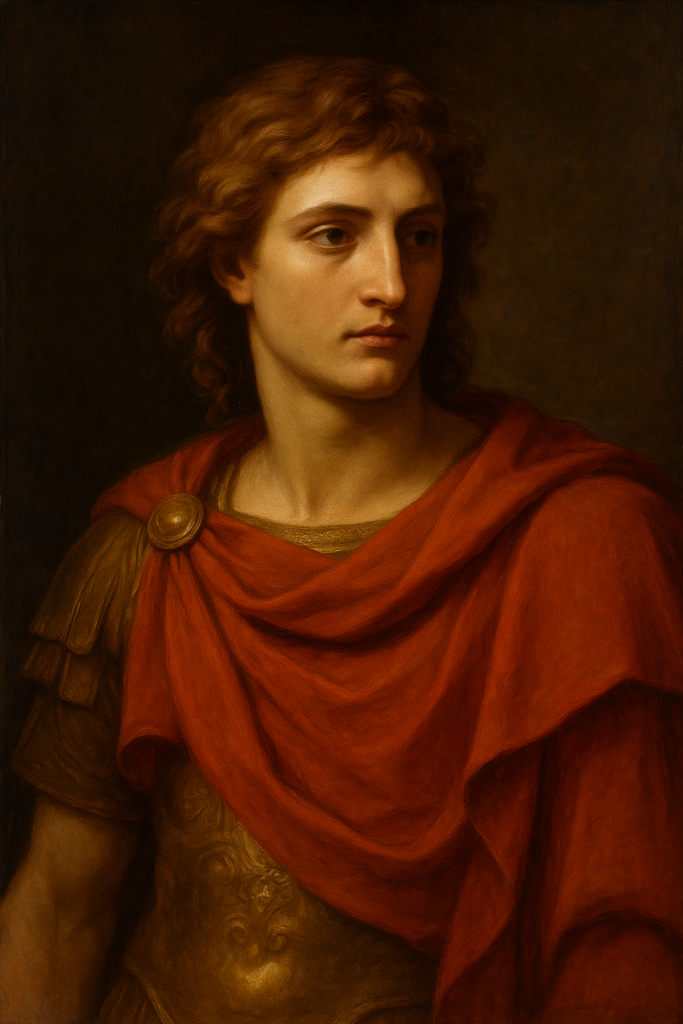Introduction: The Art of Influence Through Vision

In every era, true leaders understood one timeless truth — perception is power.
While words inspire and strategy directs, nothing captures hearts like a powerful image. People remember what they see far longer than what they hear. That’s why history’s most influential figures—kings, revolutionaries, CEOs, and artists—didn’t just lead; they performed their leadership.
They turned every victory, ritual, or event into a living symbol. These spectacles transformed their image into something larger than life — unforgettable, magnetic, and unquestionable.
In today’s world of constant noise, mastering the art of visual influence is not optional; it’s essential.
Why Human Beings Crave Symbolism
Humans are not purely rational creatures — we are emotionally driven by imagery and drama.
Symbols give abstract ideas a tangible form. That’s why nations have flags, religions have rituals, and companies have logos.
When words fade, symbols endure.
Visual dominance creates emotional loyalty, not just intellectual agreement. This is why the most powerful leaders stage moments that capture the imagination — coronations, speeches, rallies, brand launches, or even a single symbolic gesture.
To lead effectively, you must become a master of meaning, crafting images that speak louder than explanations ever could.
Turning Ordinary Actions into Extraordinary Events
To harness this law of influence, your goal is not just to act — but to create moments that define perception. Every move, every decision, every appearance should reinforce your story.
Ask yourself:
- Does this action communicate power, control, or purpose?
- Am I giving people something to see, not just something to hear?
- Will they remember this moment tomorrow — or forget it in seconds?
Even subtle displays—your workspace design, your stage presence, your social media tone—can be orchestrated to command attention without words.
Napoleon’s Coronation

When Napoleon crowned himself Emperor of France, he didn’t just seize power—he staged a message. In front of the Pope and the nation, he took the crown from the altar and placed it on his own head. That single act told the world: “I owe my power to no one.”
The scene was immortalized in paintings, etching his supremacy into collective memory. He didn’t need to declare authority—he demonstrated it. That’s the essence of spectacle: to communicate the invisible through the visible.
Modern Application: Branding and Leadership
In the digital age, this principle is more relevant than ever.
Businesses, influencers, and political leaders rise or fall based on how their story looks, not just how it sounds.
- For Entrepreneurs:
Launch your product like an event, not an announcement. Apple doesn’t just release a phone—it unveils a ritual. The anticipation, the lighting, the reveal—it’s theatre. - For Professionals:
How you present your ideas matters as much as the ideas themselves. Transform meetings into experiences. Dress the part. Control the visuals. - For Individuals:
Even in personal branding, everything from your online presence to the way you communicate can signal authority or mediocrity.
The goal? Make your presence memorable and magnetic.
The Psychology Behind the Spectacle
Spectacle works because it bypasses logic and goes straight to emotion.
It’s not manipulation—it’s artful communication.
- Emotion over Explanation: People remember how you made them feel more than what you said.
- Anticipation builds energy: Rituals and suspense heighten emotional engagement.
- Repetition creates belief: Consistent imagery becomes truth in the collective mind.
By consciously designing your narrative through symbols and visuals, you shape how the world perceives you.
How to Build Your Own Compelling Spectacle
- Define Your Message:
Know the emotion or story you want people to associate with you—authority, creativity, trust, rebellion, or excellence. - Create a Signature Image:
Think of Steve Jobs’ black turtleneck, Gandhi’s simplicity, or Elon Musk’s product launches. Your visual identity should speak before you do. - Use Environment to Reinforce Power:
The backdrop of your office, stage, or even social media space should echo your message. Every setting tells a story. - Control the Narrative:
If you don’t craft your image, others will. Control how you’re seen, not just what you say. - Be Strategic with Silence and Drama:
Sometimes absence, mystery, or delayed reveals can be more powerful than constant exposure.
Mistakes to Avoid
Even the greatest leaders can fail if they misunderstand spectacle:
- Overexposure: Too many appearances dilute your impact. Mystery enhances allure.
- Inauthenticity: A spectacle without substance quickly becomes hollow theatre.
- Neglecting Detail: The smallest visual inconsistency can shatter an image of power.
Greatness lies in the harmony of authenticity and artistry.
Why This Matters More Than Ever
In a world saturated with information, attention is the ultimate currency.
Spectacle cuts through the noise and positions you above the crowd. It transforms your presence into a myth—something people talk about, share, and follow.
From CEOs to politicians, the most magnetic figures understand that leadership is theatre, and the stage is everywhere—from boardrooms to social media feeds.
Conclusion: Become the Architect of Perception
You don’t need a crown or a stage to command respect—you need vision.
The true leader doesn’t just speak—they create experiences that embody their message. When you transform actions into symbols, words into moments, and presence into power, you transcend the ordinary.
Craft your life as a performance worth remembering. Don’t just influence—inspire through spectacle. Because in the end, those who control perception, control the world.
